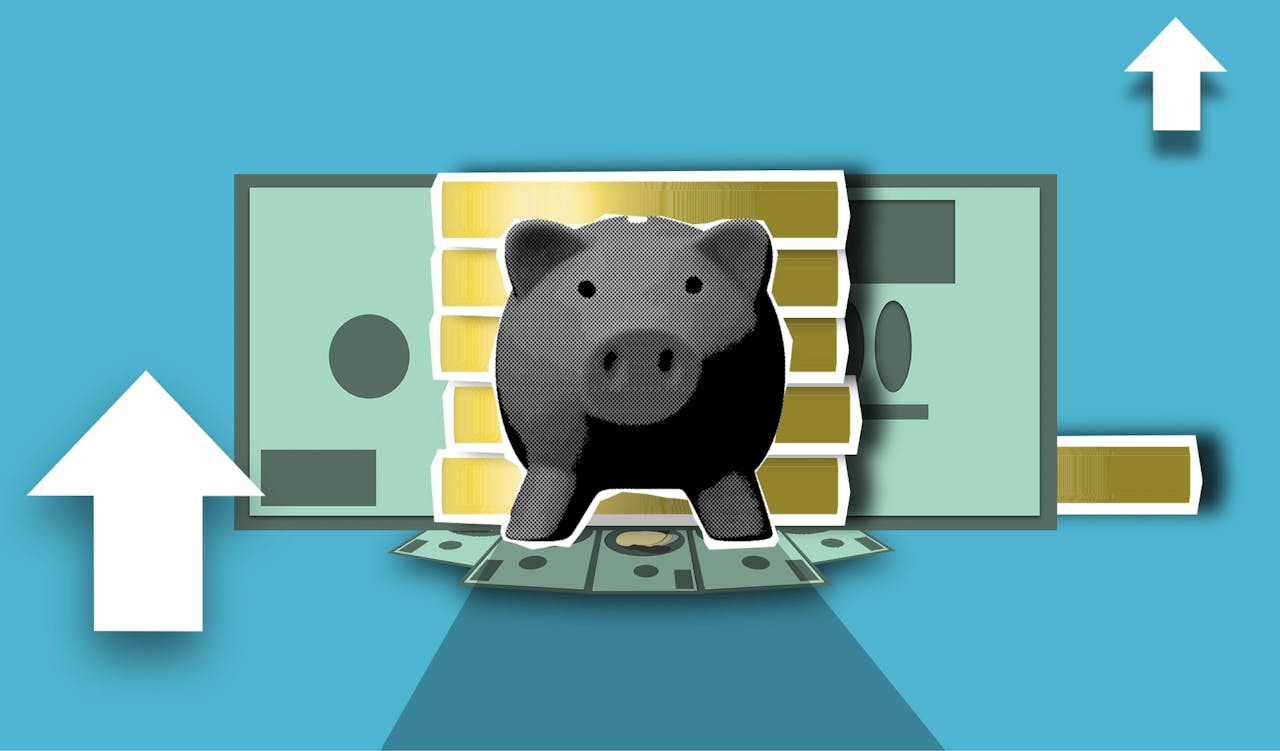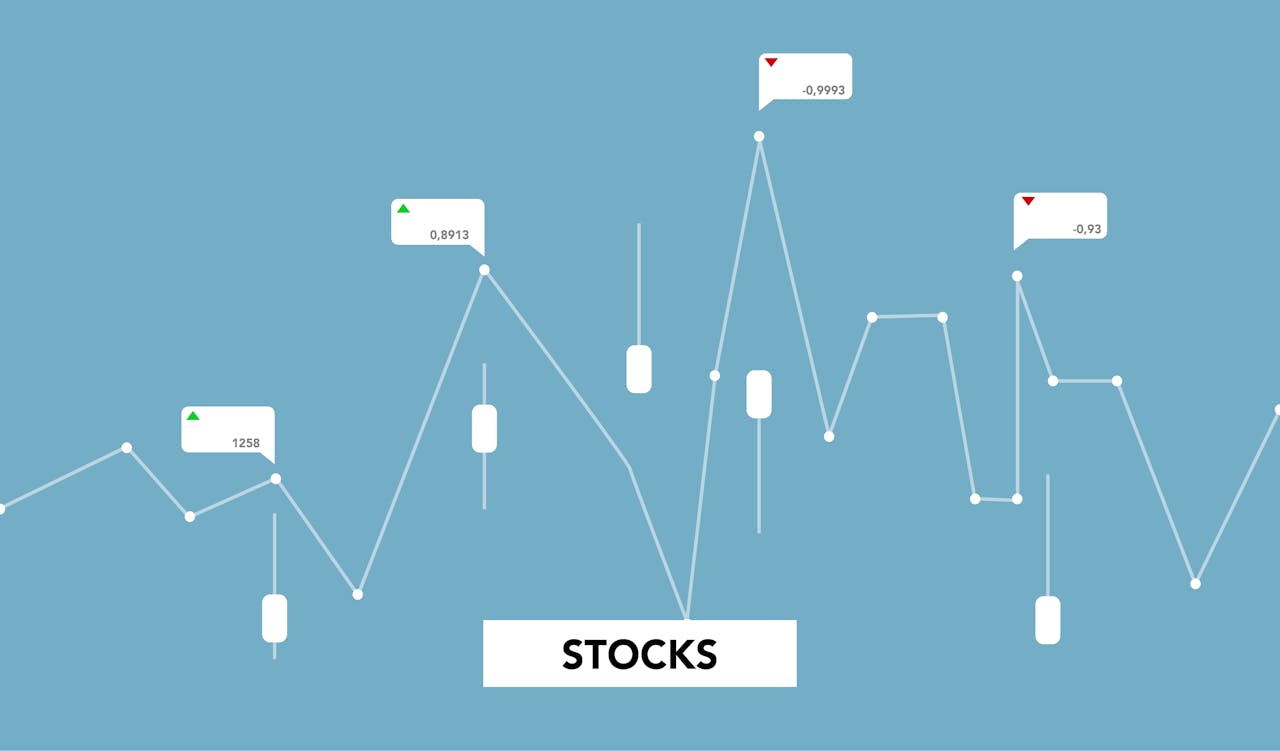Inflation is an economic phenomenon that can have significant effects on individuals, businesses, and entire economies. While it can reflect a growing economy, high inflation can disrupt purchasing power, savings, and investment returns. Understanding inflation and how it affects investments is crucial for any investor looking to safeguard their portfolio and optimize returns.
What Is Inflation?
Inflation refers to the rate at which the general level of prices for goods and services rises, eroding purchasing power over time. Central banks, such as the Federal Reserve in the U.S., typically monitor inflation closely to maintain economic stability. A small, manageable rate of inflation is generally seen as a sign of a healthy economy. However, when inflation spirals out of control, it can lead to a host of economic issues, including reduced consumer spending, uncertainty in business planning, and higher costs for everyday goods.
Causes of Inflation
Inflation can occur due to a variety of reasons, typically categorized into two primary types: demand-pull inflation and cost-push inflation.
- Demand-pull inflation occurs when demand for goods and services exceeds supply. In such cases, producers may raise prices to balance supply and demand.
- Cost-push inflation happens when the cost of production increases, such as when raw material prices rise. To maintain profit margins, businesses may pass on these costs to consumers in the form of higher prices.
Both types of inflation can have varying effects on different sectors of the economy, but they ultimately contribute to a higher cost of living.
Inflation and Investments: An Overview
For investors, inflation represents both a risk and an opportunity. While it can erode the real value of returns, inflation also creates certain sectors and asset classes that may perform well under inflationary pressures. It is essential to recognize how inflation affects different types of investments and adjust strategies accordingly.
The Erosion of Purchasing Power
Inflation directly impacts the purchasing power of money. For example, if inflation is at 3%, a $100 investment today may only have the equivalent purchasing power of $97 a year from now. As a result, if investments do not outpace inflation, investors may see a real loss, even if their nominal returns appear positive.
Bonds, for instance, are particularly vulnerable to inflation. Fixed-interest securities, like government and corporate bonds, pay a set rate of return. However, during periods of high inflation, the fixed income generated by these bonds loses value in real terms. Consequently, investors may be inclined to seek higher returns to combat inflation’s negative effects.
Stock Market Reactions
The relationship between inflation and stock markets is complex. Generally, inflation can be detrimental to equities in the short term, especially if it is unexpected or rapidly rising. Companies may struggle with higher input costs, and if they cannot pass those costs on to consumers, profit margins may shrink. In addition, central banks may raise interest rates to curb inflation, leading to higher borrowing costs for businesses and lower consumer spending.
However, stocks in certain sectors, such as energy, materials, and utilities, often perform better during inflationary periods. These companies are better able to pass on higher costs to consumers, maintaining profitability. Investors may consider shifting their portfolio allocation toward inflation-resistant stocks in such scenarios.
Real Assets as Inflation Hedges
Real assets, including real estate, commodities, and precious metals, are often considered a hedge against inflation. These assets tend to retain or even appreciate in value during inflationary periods. Real estate, for example, benefits from rising property values and rents, which tend to move in tandem with inflation.
Gold, as a traditional store of value, is another popular inflation hedge. Historically, during periods of inflation or economic instability, gold prices rise as investors seek to protect their wealth. Commodities like oil, agricultural products, and industrial metals also tend to rise in price when inflation takes hold, making them attractive options for inflation-sensitive portfolios.
The Role of Interest Rates
Central banks play a significant role in managing inflation through monetary policy, particularly by adjusting interest rates. When inflation is high, central banks typically raise interest rates to cool down an overheated economy. Higher rates make borrowing more expensive, slowing consumer spending and business investment. This, in turn, can reduce inflationary pressures.
For investors, rising interest rates can negatively impact certain asset classes, particularly fixed-income investments and real estate. As interest rates rise, bond prices tend to fall, and the cost of financing properties increases, which can reduce demand in the real estate market.
Conversely, when inflation is low or falling, central banks may reduce interest rates to stimulate economic activity. Lower rates can lead to higher investment in riskier assets, such as equities and corporate bonds, as investors seek higher returns.
Strategies for Investing During Inflation
Given the challenges posed by inflation, investors need to be proactive in managing their portfolios. The following strategies can help mitigate inflation’s impact:
1. Diversify Your Portfolio
One of the most effective ways to manage inflation risk is through diversification. By holding a mix of asset classes, such as stocks, bonds, real estate, and commodities, investors can spread risk and capture opportunities in different sectors. This approach helps to reduce the volatility associated with inflationary periods.
2. Consider Inflation-Protected Securities
Inflation-Protected Securities (IPS), such as Treasury Inflation-Protected Securities (TIPS) in the U.S., are designed to adjust with inflation. These government-backed bonds increase in value as inflation rises, providing a reliable source of income that maintains purchasing power.
3. Invest in Real Assets
As mentioned earlier, real estate, precious metals, and commodities often outperform traditional stocks and bonds during inflationary periods. Investors seeking to hedge against inflation should consider including real assets in their portfolio, either directly or through exchange-traded funds (ETFs) and mutual funds that specialize in these areas.
4. Focus on Dividend Stocks
Dividend-paying stocks are another potential inflation hedge. Many companies that pay consistent dividends are well-established and capable of increasing their payouts to keep up with rising prices. Investors seeking income can benefit from stocks with strong dividend histories, as these companies often demonstrate resilience during inflationary times.
Conclusion
Inflation is an inevitable part of the economic cycle, and its effects on investments can be profound. While inflation erodes the purchasing power of money, certain asset classes—such as stocks in inflation-resistant sectors, real assets, and inflation-protected securities—can offer protection and even capitalize on inflationary trends. By understanding the dynamics of inflation and its impact on various investments, investors can make informed decisions and adjust their strategies to safeguard their portfolios and achieve long-term financial goals.
Check out our Facebook or X accounts.
For more topics check here.



